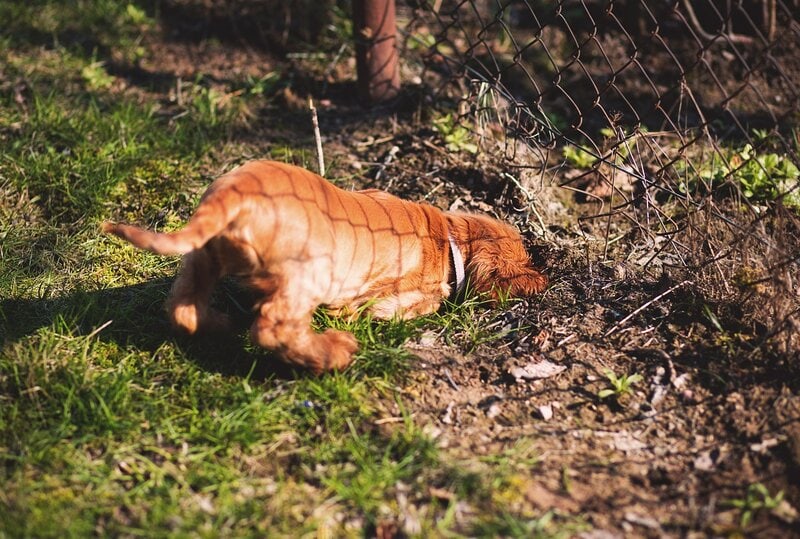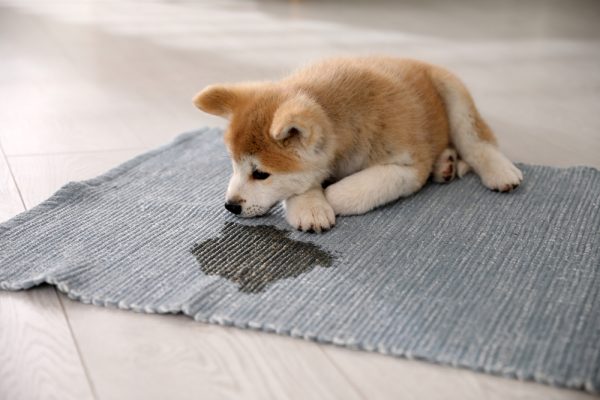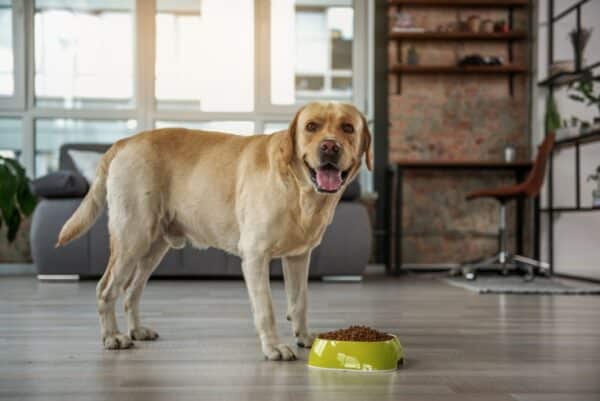Dogs are known for their boundless energy and enthusiasm. A big part of that is their love of digging. For dogs, digging is not only a fun activity, but it is also a normal canine behavior. The act of digging can help them to relieve boredom, anxiety, and even stress. And, while some people may view digging as destructive behavior, for dogs, it’s simply a natural way to express themselves.
If your dog is an escape artist and a digger, you’re not alone. Many dogs are good at finding ways to get out of their yards and go exploring. While it may be fun for them, it can be worrisome for you. When your dog is digging under the fence, there are a few things you can do to help keep them safe and sound. With a little patience and some creative thinking, you can outsmart even the most clever doggy escape artists to help keep your dog safe and sound at home.

The 21 Tips for Keeping Dogs From Digging Under Your Fence
1. Fill Existing Holes
As we all know, dogs are attracted to holes and the process of digging within holes. However, this can pose a problem for dog owners if the holes are located in areas where they are not wanted, such as under a fence. Therefore, it is important to fill up any holes that are present to dissuade the dog from digging there.
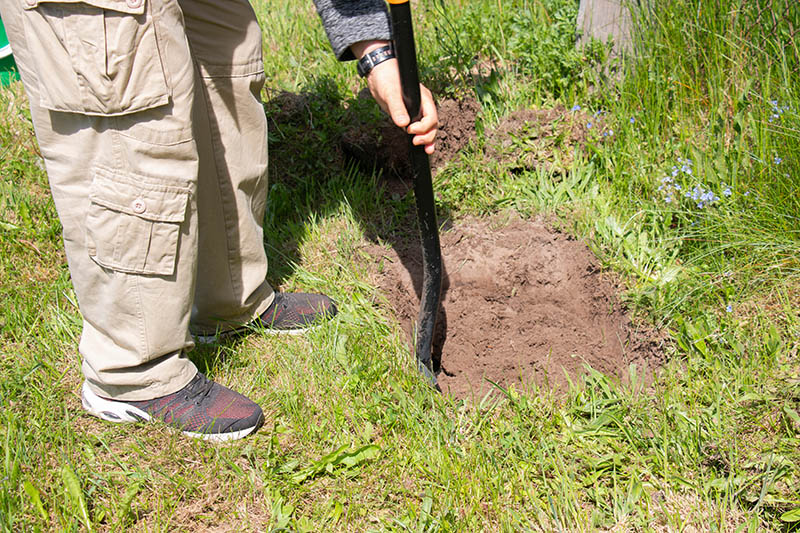
2. Bury the Bottom of the Fence
If your dog is constantly digging under the fence, you’ll want to take measures to prevent them from doing so. One way to do this is to bury the bottom portion of the fence. This will make it more difficult for your dog to dig underneath and escape.
3. Add Chicken Wire
The chicken wire is attached to the bottom of the fence to create a barrier. This barrier will stop your dog from being able to dig under the fence and escape. To be effective, the chicken wire must be buried a few inches underground and extended a few inches above ground level and over the bottom edge of the fence.
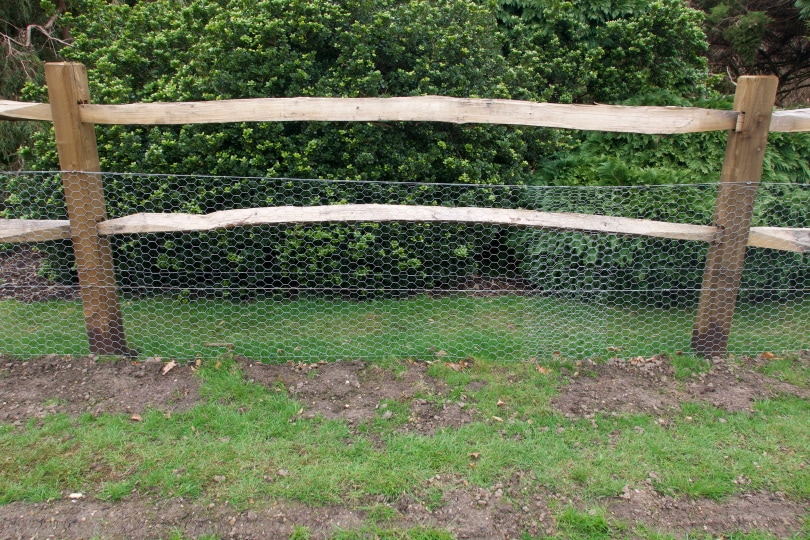
4. A Layer of Gravel
Gravel is often used as a top layer near the base of fences as it can be uncomfortable for dogs to dig through. By creating a top layer of gravel, you can help discourage your dog from trying to dig under the fence. Additionally, gravel can help improve drainage and reduce the amount of mud that builds up near the fence line.
5. Concrete the Fence Into the Ground
Concrete is a material made up of a mixture of cement, water, and aggregates, such as sand or gravel. It is used in construction to create foundations, walls, floors, and sidewalks. When concrete dries, it becomes hard and strong. This makes it difficult for dogs to dig through. A layer of concrete along the fence line will prevent dogs from escaping.
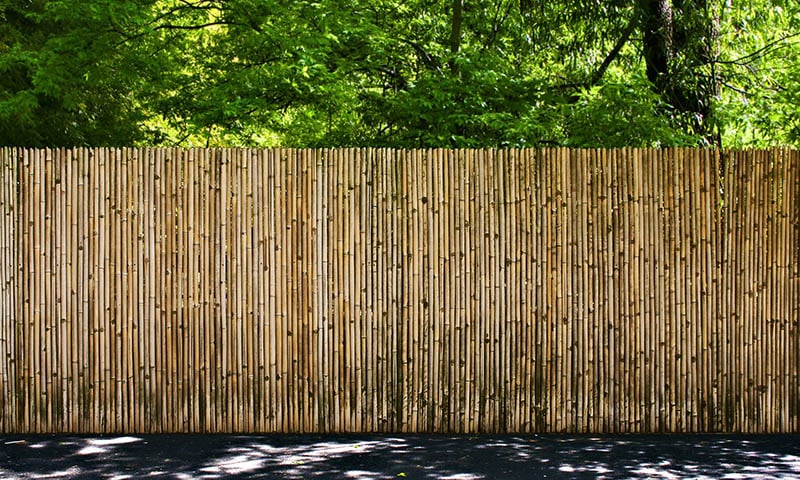
6. Deterrent Spray
One method that may help to prevent your dog from digging near the fence is to use a dog-safe deterrent spray. This type of spray is designed to be safe for dogs and can help to keep them away from areas where they are not welcome. There are a variety of different brands and formulas available, so you may need to experiment to find one that works well for your particular pet.
7. Create a Digging Spot
The act of digging is a natural canine behavior that is often exhibited when dogs are bored, anxious, or stressed. By providing your dog with a designated area to dig, you can prevent them from engaging in this behavior in other areas of your home or yard. This will also help to reduce any damage that may be caused by their digging.
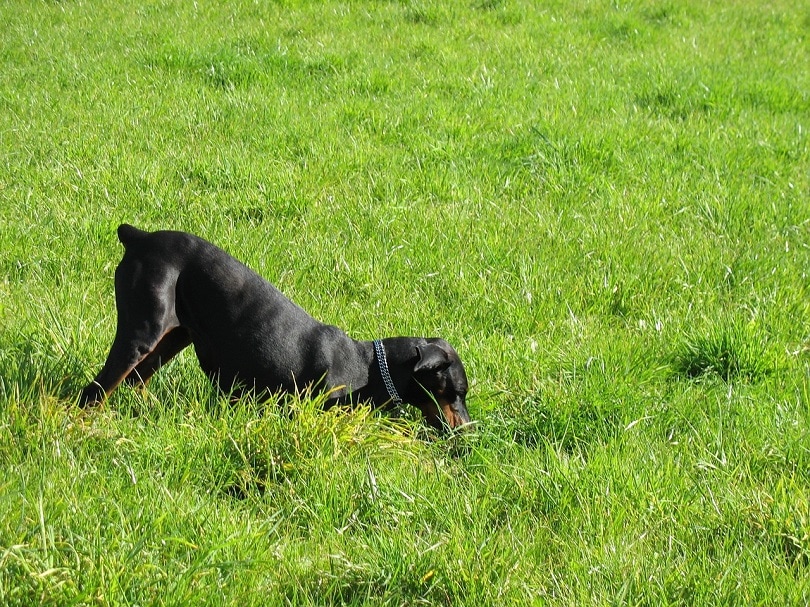
8. Spay or Neuter Your Pooch
When a dog is spayed or neutered, it reduces their urge to find entertainment on the other side of the fence. This is because the hormones that are responsible for these urges are no longer present in the body. As a result, the dog is less likely to engage in activities that would lead them to leave the safety of their home.
9. Tire Them Out
When you exercise your dog, you are giving them a chance to burn off energy. This is important because tired dogs have less energy for activities like digging. By exercising your dog, you can help them stay calm and avoid destructive behaviors.
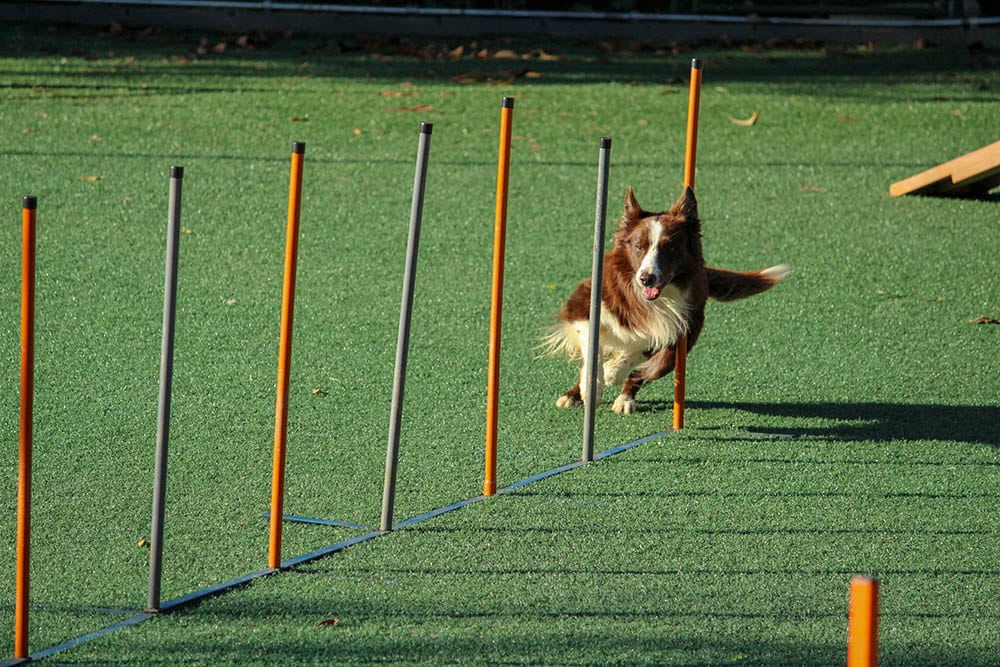
10. Interrupt Their Line of Sight
If your dog is displaying behavior that suggests their digging is seeking to catch prey, it may be beneficial to block their view. This can be done by planting tall hedges or trees along property boundaries, or by installing privacy fences. This type of obstruction can provide your dog with a sense of security and boundary, which may help to curtail its predatory instincts.
11. Invisible Dog Fences
Some owners may want to install an invisible dog fence to stop dogs from digging. The fence works by sending a signal to a receiver collar worn by the dog. When the dog gets close to the boundary of the property, the collar emits a warning beep. If the dog continues toward the boundary, the collar delivers a static correction. The static correction startles the dog and discourages them from going any closer to the boundary.
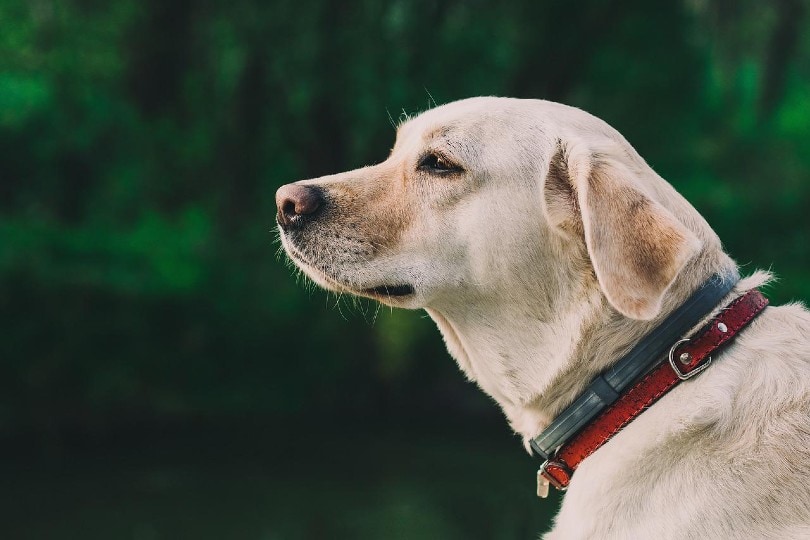
12. Temperature Control
There are a few possible explanations for why your dog might be digging. One possibility is that they are trying to become cooler. Dogs have an instinct to dig to create a cool spot to lie in during hot weather. Another possibility is that your dog is trying to find a warm place to relax. Dogs will sometimes dig to create a cozy spot where they can curl up and relax.
Keep your dog at a comfortable temperature. Offer an outdoor bed to lie in, iced water and shaded spots if it is hot, and heated beds or outdoor shelters if it is cold.
13. Something Is Bothering Them
The source of your dog’s worries and resultant digging may be their lack of confidence in the yard. To help them relax and stop digging, you need to identify what is causing their anxiety and address it accordingly. This may involve providing more supervision and/or training or making changes to the layout of the yard. Once your dog feels more confident and comfortable in their surroundings, they will be less likely to dig. Ask a veterinarian for their guidance with identifying the cause of your dog’s unwanted behavior.
If you need to speak with a vet but can't get to one, head over to PangoVet. It's our online service where you can talk to a vet online and get the advice you need for your pet — all at an affordable price!

14. Get Rid of Digging Rodents
Your dog may be engaged in digging behavior around your fence because they are being stimulated by the presence of other animals that dig, such as moles or gophers. Your dog may be trying to catch the rodents or may simply be trying to get to them. Either way, if you have a problem with rodents, it may be best to call pest control and have these animals safely removed.
15. Enrich Your Dog’s Life
The digging behavior of some dogs may be the result of boredom or lack of stimulating activities. Dogs that are bored or not given enough mental and physical stimulation may start to dig holes as a way to relieve boredom or pent-up energy. While this behavior may be considered destructive by some, it is important to provide dogs with an outlet for their energy and to ensure they have plenty of toys, bones, and other chewables to keep them occupied.
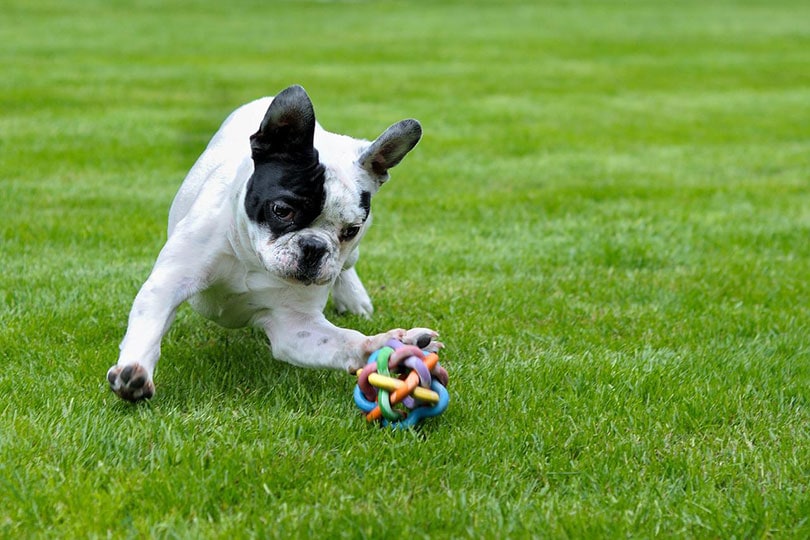
16. Protective Landscaping
One method of keeping your dog from digging under your fence is to create an unappealing barrier around the perimeter of your property. This can be done by planting bushes along the surface of the ground, for example. The bushes will provide a physical barrier that will make it more difficult for your dog to dig under the fence.
17. Keep Your Eye on Them
It is important to keep an eye on your dog when they are outside to make sure they are not doing something that could harm them or someone else, like digging under the fence. If you see your dog start to dig, quickly stop them by calling their name or giving a loud clap to get their attention. Once they have stopped, praise them for listening and give them a treat if you have one.
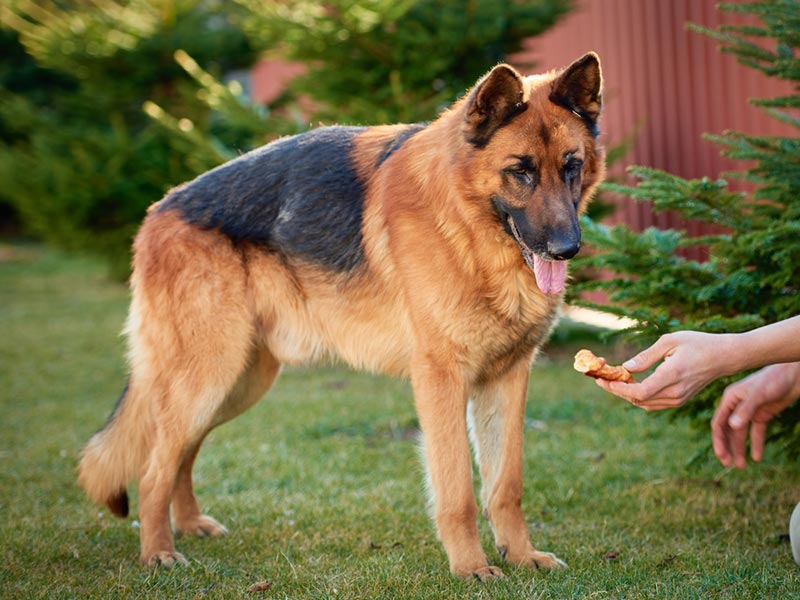
18. Only Punish Your Dog if You Catch Them in the Act
The act of scolding a dog long after the initial event of digging has occurred is not productive. This is because the dog will not be able to connect the current scolding with the previous event and thus will not understand why they’re being scolded. This can lead to frustration and confusion on the part of the dog and may even cause the dog to mistrust or resent you!
19. Use Safe Deterrents
There are a variety of products on the market that claim to deter digging, but many of them contain ingredients that can be harmful to dogs if ingested. Some common ingredients in these products include capsaicin, citric acid, and essential oils, all of which can cause gastrointestinal upset or even burns if your dog comes into contact with them. If you’re looking for a way to deter your dog from digging, try using a physical barrier instead.

20. Supervise Your Dog When Tied Up
There are several dangers associated with leaving a dog tethered or tied out unsupervised. First, the dog could become entangled in the tether or tie-out, leading to injury or even death. Second, the dog could be attacked by another animal, either because they are unable to defend themself or because the other animal perceives the tethered dog as an easy target. So, don’t ever use this method to stop your doggie from digging.
21. Keep the Holes Dry
If you fill the hole your dog has dug with water, it will only encourage them to dig more. Digging is a natural behavior for dogs, and they will continue to dig if they find it rewarding. Water in the hole will make it more fun for them to dig, and they will often be more likely to do it again.
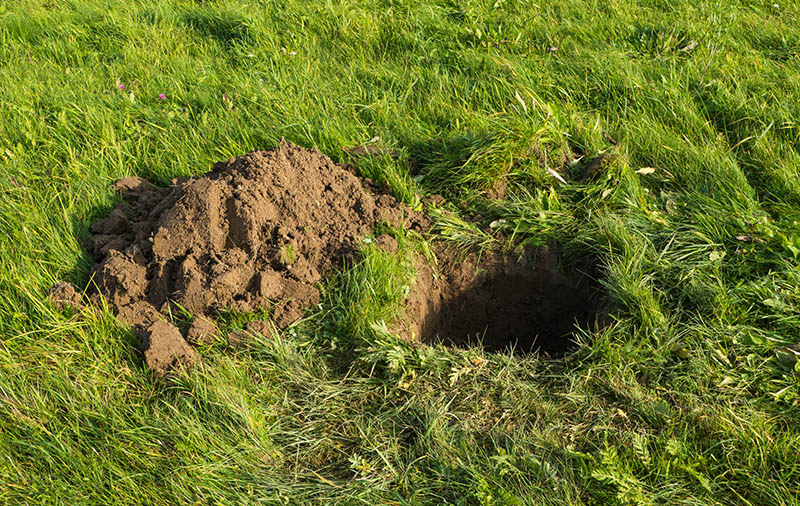

Conclusion
In conclusion, if you are having trouble with your dog digging under your fence, try one or more of the solutions above, such as burying chicken wire along the base of the fence, setting up a physical barrier like cement, or providing your dog with an alternate place to dig, such as a sandbox. With a little patience and effort, you can keep your dog from digging under your fence and ruining your perfectly manicured lawn.
Featured Image Credit: freestocks-photos, Pixabay
